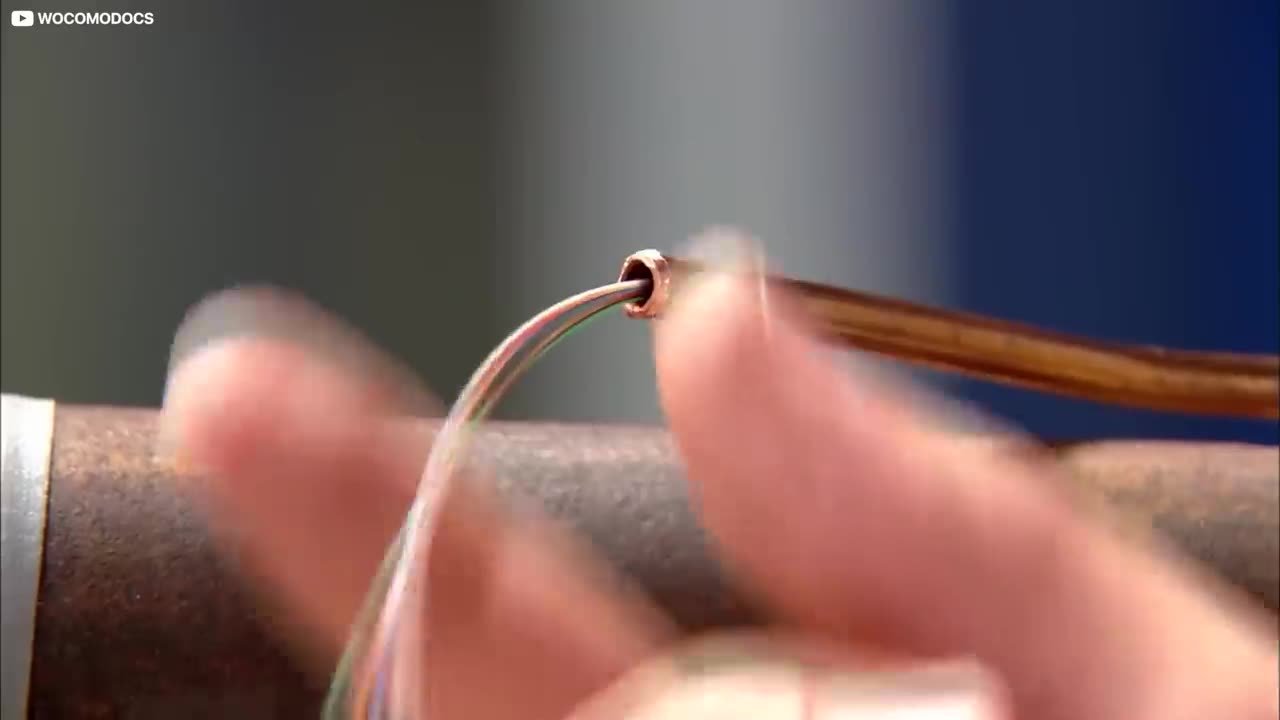Premium Only Content

"Uncovering the Secrets of Global Connectivity : How the Internet Travels Across Oceans"
The internet travels across oceans primarily through a network of undersea fiber optic cables. These cables, which are about the diameter of a garden hose, are laid on the ocean floor and connect continents and countries across the globe.
When data is sent over the internet, it is broken down into small packets of information. These packets are then transmitted through the cables using a technique called pulse code modulation (PCM). In PCM, the information is converted into a digital signal that can be transmitted through the cables.
The undersea cables are typically owned by a consortium of telecommunications companies and are maintained by specialized ships that periodically check and repair them. These cables are designed to be extremely durable and can last for decades.
The data transmitted through the cables travels at the speed of light, allowing for high-speed internet connections between different continents. However, the distance the signal has to travel can introduce latency, which can affect the speed and reliability of the connection.
In addition to undersea cables, satellite communication can also be used to transmit data across oceans. However, this method is generally slower and less reliable than fiber optic cables due to atmospheric interference and signal delays caused by the distance the signal has to travel.
-
 LIVE
LIVE
Glenn Greenwald
2 hours agoICE Detains Permanent Resident for Protesting Israel; European Leaders Make Maniacal Rearmament Vows They Cannot Keep | SYSTEM UPDATE #421
4,099 watching -
 1:02:56
1:02:56
Donald Trump Jr.
4 hours agoUSAID Slush Fund Slashed, X Cyberattack, Plus Interview with Nate Morris | Triggered Ep.223
33.4K48 -
 5:48:40
5:48:40
Dr Disrespect
7 hours ago🔴LIVE - DR DISRESPECT - THE SHOTTY BOYS - WARZONE, PUBG, FORTNITE
90.9K26 -
 2:12:50
2:12:50
Adam Carolla
9 hours agoDouble Murder Convict to be executed by Firing Squad + Comedian Elon Gold + Comedian Carol Leifer
6.93K3 -
 46:08
46:08
Kimberly Guilfoyle
5 hours agoBad Day to be a Bad Guy: FBI Taking Down World’s Worst Criminals, Live with John Nantz | Ep.203
40.6K13 -
 DVR
DVR
Redacted News
3 hours agoWhat's REALLY going on in Syria? | Redacted with Natali Morris
62.5K50 -
 54:18
54:18
Candace Show Podcast
4 hours agoHarvey Speaks: Jessica Mann & The Five Year Affair | Ep 3
55.3K14 -
 56:53
56:53
Grant Stinchfield
2 hours ago $2.00 earnedFreeze Spending & Kick the Can Down the Road... Why Republicans Should do Just That!
20.1K5 -
 56:48
56:48
VSiNLive
3 hours agoFollow the Money with Mitch Moss & Pauly Howard | Hour 1
18.2K -
 3:28:27
3:28:27
Barry Cunningham
4 hours agoTRUMP DAILY BRIEFING: INTERNET UNDER ATTACK! X & RUMBLE DOWN! EXECUTIVE ORDER SIGNING!
42.4K15